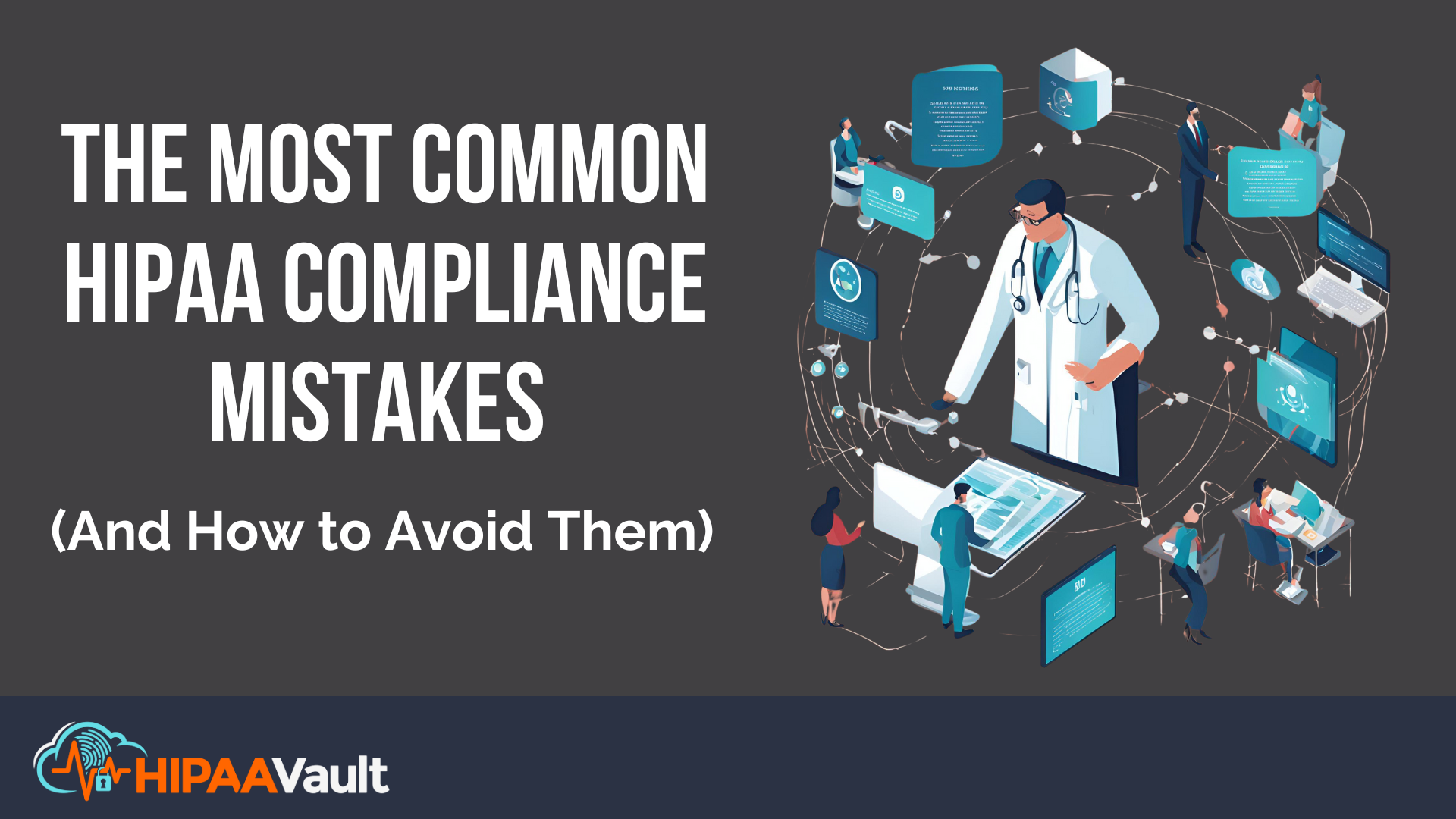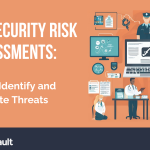
Introduction
Ensuring HIPAA compliance remains a significant challenge for healthcare organizations. With evolving regulations, increasing cyber threats, and human errors, compliance missteps can lead to costly fines, legal consequences, and reputational damage. In fact, non-compliance penalties can reach up to $1.5 million per year per violation. Additionally, data breaches expose sensitive patient information, leading to loss of trust and potential lawsuits.
As cybercriminals continue to target the healthcare sector, organizations must take proactive steps to ensure the security and confidentiality of Protected Health Information (PHI). Many common compliance mistakes stem from preventable errors, such as weak security measures, lack of employee training, and poor risk management. Addressing these issues is essential to maintaining HIPAA compliance and safeguarding patient data.
To help your organization stay compliant, we’ll explore the most common HIPAA compliance mistakes and provide actionable solutions to avoid them.
Mistake #1: Weak Access Control Policies
The Problem:
Failing to enforce strong access controls is one of the leading causes of HIPAA violations. Healthcare organizations often grant excessive access to employees, increasing the risk of unauthorized access to sensitive patient data. Without robust access controls, malicious insiders or cybercriminals can exploit vulnerabilities, leading to data breaches and compliance failures.
How to Avoid It:
- Implement Multi-Factor Authentication (MFA) to add an extra layer of security and prevent unauthorized access.
- Follow the Principle of Least Privilege (PoLP) to ensure users only have access to the minimum data necessary to perform their job functions.
- Conduct regular access audits to identify and revoke unnecessary permissions, ensuring that only authorized personnel can access PHI.
- Establish role-based access controls (RBAC) to streamline permissions and prevent over-privileged user accounts from accessing sensitive information.
Mistake #2: Poor Data Encryption Practices
The Problem:
Storing or transmitting unencrypted PHI can expose patient data to unauthorized access and breaches. Many organizations fail to implement adequate encryption protocols, leaving data vulnerable to cyberattacks, insider threats, and accidental exposure. Encryption is a critical safeguard that ensures data remains protected, even if it falls into the wrong hands.
How to Avoid It:
- Use AES-256 encryption for data at rest to protect stored PHI from unauthorized access and tampering.
- Deploy TLS 1.2+ encryption for data in transit to ensure secure communication channels when transmitting PHI.
- Implement end-to-end encryption for emails and file transfers to prevent interception by cybercriminals.
- Regularly test encryption protocols to ensure compliance with NIST standards and update configurations as needed.
Mistake #3: Inadequate Employee Training
The Problem:
Human error is a major contributor to HIPAA violations. Employees may inadvertently expose sensitive patient information by clicking on phishing emails, sharing credentials, or mishandling PHI. Without proper training, staff members are more likely to fall victim to social engineering attacks and compliance breaches.
How to Avoid It:
- Provide ongoing security awareness training to educate employees on best practices for handling PHI and recognizing security threats.
- Conduct simulated phishing attacks to test employees’ ability to identify and report suspicious emails.
- Develop and enforce a clear incident response plan to ensure staff members know how to respond to security incidents and HIPAA violations.
- Require employees to complete HIPAA compliance certifications to reinforce their understanding of regulatory requirements and security protocols.
Mistake #4: Neglecting Risk Assessments and Audits
The Problem:
Many organizations fail to conduct regular risk assessments, leaving them vulnerable to security gaps and compliance failures. Without ongoing audits, potential weaknesses may go undetected, increasing the risk of data breaches and regulatory penalties. HIPAA requires covered entities and business associates to perform periodic risk assessments to identify and mitigate security risks.
How to Avoid It:
- Perform an annual HIPAA security risk assessment as required by HHS to evaluate security controls and identify potential vulnerabilities.
- Implement continuous compliance monitoring to detect and address risks in real time, reducing the likelihood of security breaches.
- Use HIPAA-compliant penetration testing services to uncover hidden vulnerabilities and strengthen your security posture.
- Develop a corrective action plan (CAP) based on assessment findings to address compliance gaps and improve overall security.
Mistake #5: Lack of a Business Associate Agreement (BAA)
The Problem:
Working with third-party vendors that lack a signed BAA can expose PHI to security risks and compliance violations. Many healthcare organizations unknowingly partner with vendors who do not meet HIPAA requirements, creating legal and financial liabilities.
How to Avoid It:
- Ensure that all vendors handling PHI sign a Business Associate Agreement (BAA) before accessing patient data.
- Regularly review vendor compliance with HIPAA security standards to confirm that they follow best practices for protecting PHI.
- Use HIPAA-compliant cloud solutions, like those provided by HIPAA Vault, to minimize third-party security risks.
- Conduct vendor risk assessments to evaluate their security controls and ensure they align with HIPAA compliance requirements.
Conclusion
Avoiding HIPAA compliance mistakes requires a proactive approach and a commitment to security best practices. By strengthening access controls, encrypting sensitive data, training employees, conducting regular risk assessments, and ensuring vendor compliance, healthcare organizations can significantly reduce their risk of violations and protect patient data.
At HIPAA Vault, we provide fully managed HIPAA-compliant cloud solutions designed to keep your data secure and compliant. Our expertise in cloud security, encryption, and compliance monitoring ensures that your organization stays protected against evolving threats.
Don’t wait until a security breach occurs—take action today to safeguard your organization and maintain compliance with HIPAA regulations.
Learn More: HIPAA-Compliant Hosting Solutions





